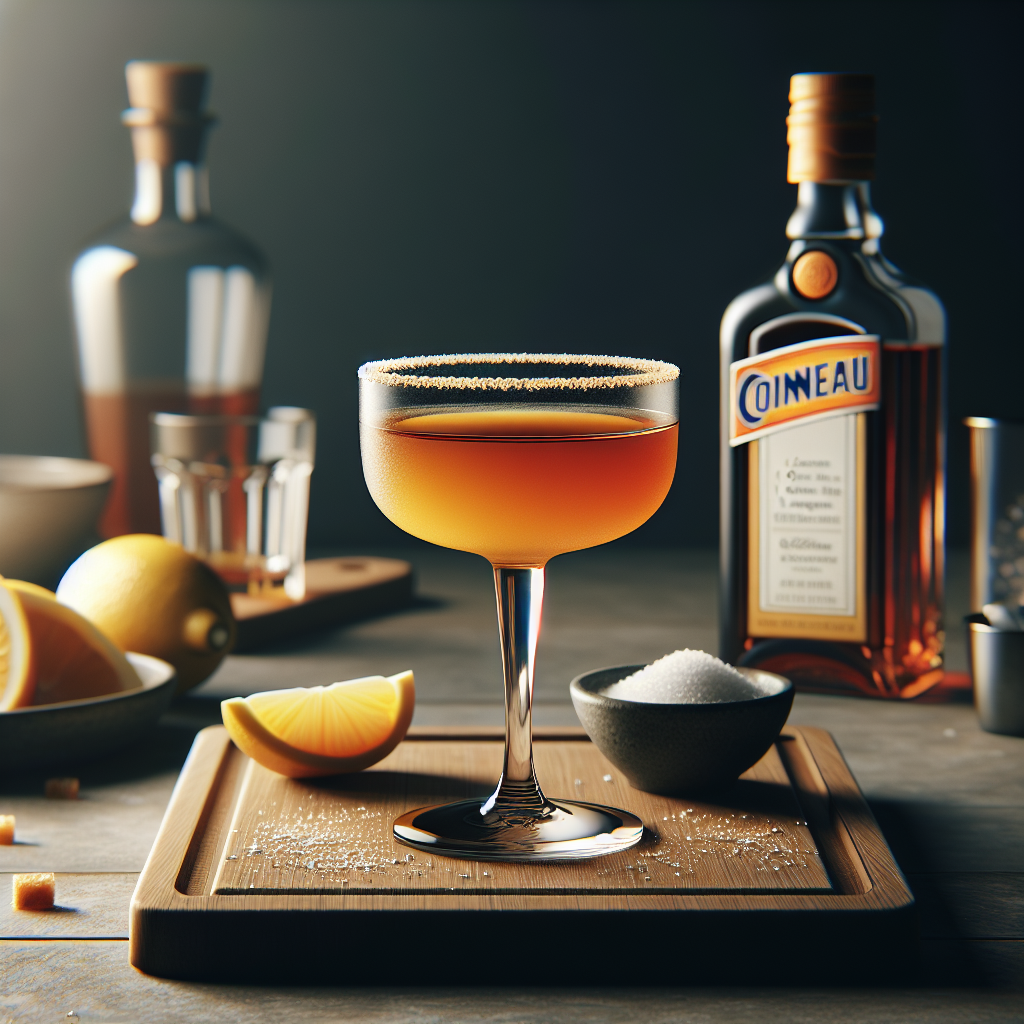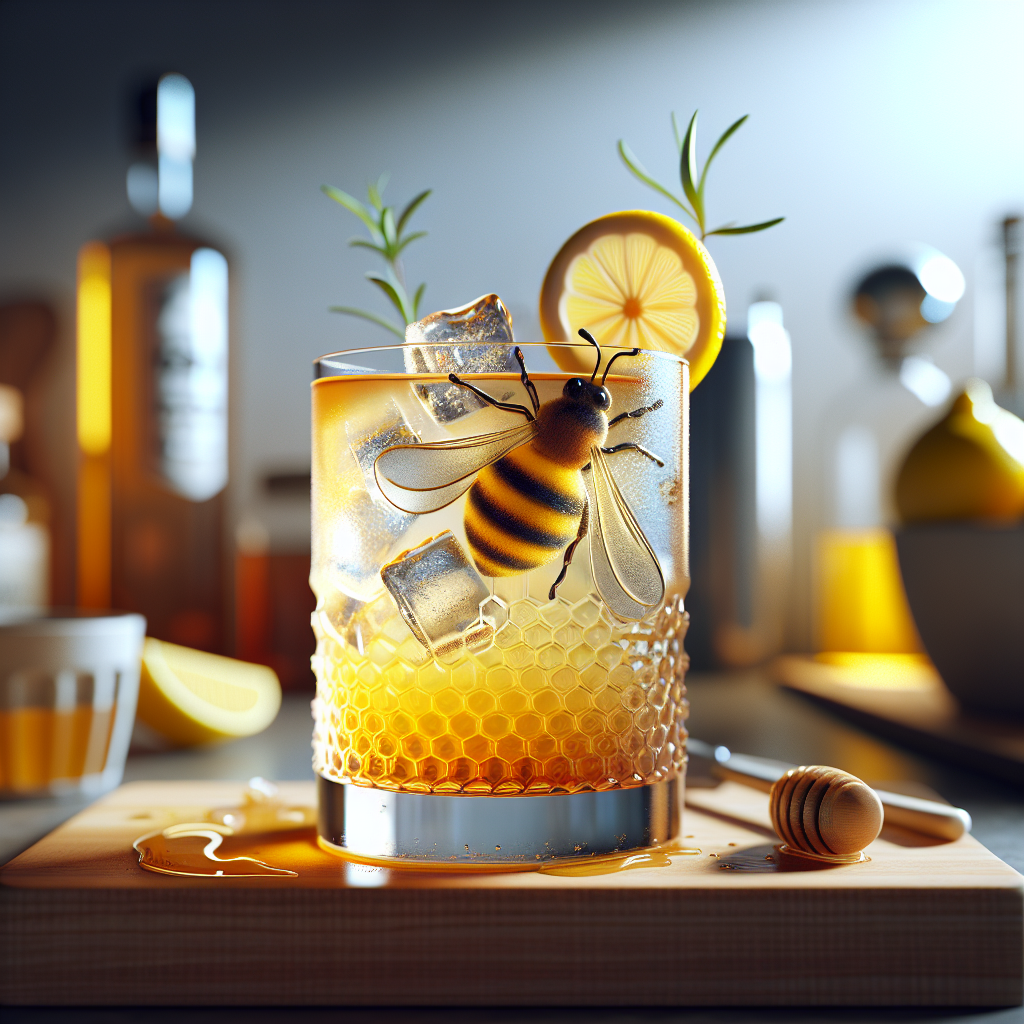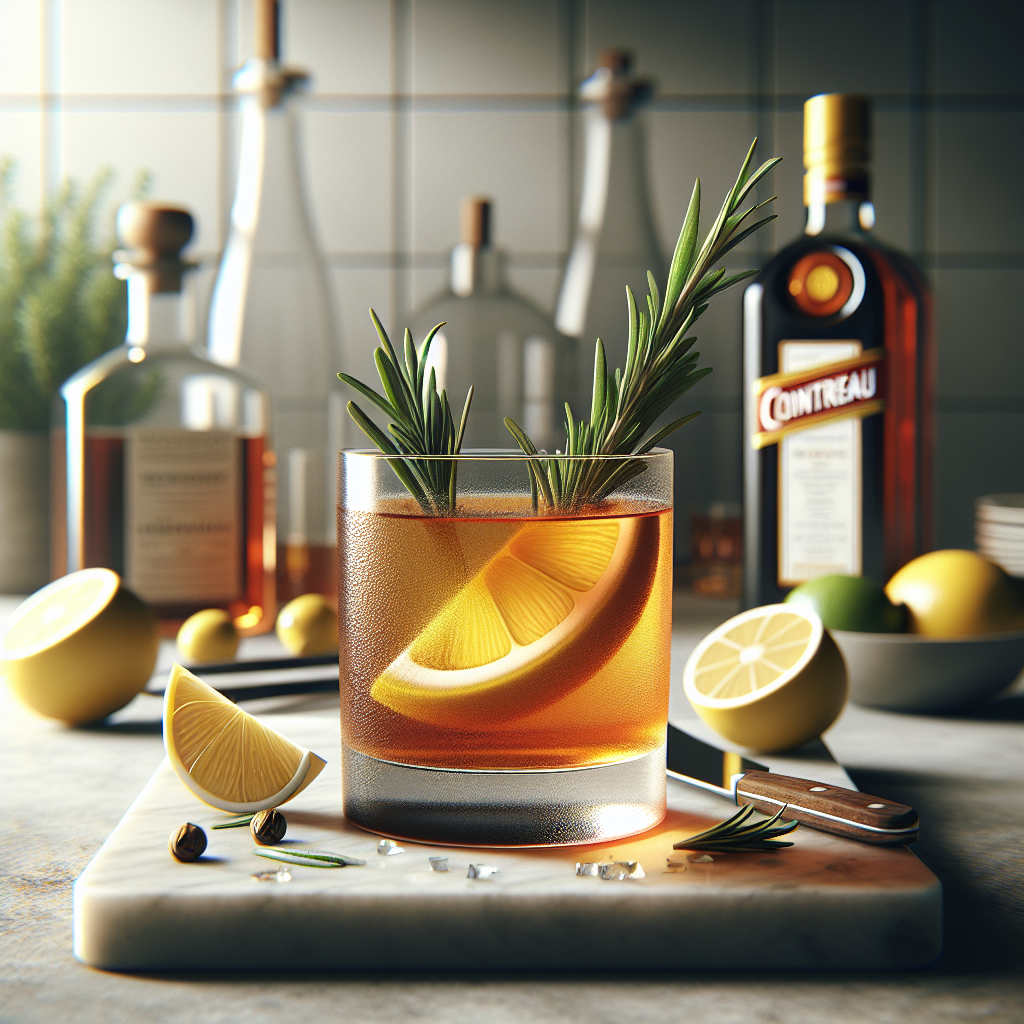Prohibition-Era Cocktails: Secrets Unearthed

Prohibition-Era Cocktails: Secrets Unearthed
The Era of Secrecy and Innovation
The Prohibition era, lasting from 1920 to 1933, was a time of paradoxes in the United States. While the sale, production, and transportation of alcohol were banned, the demand for it never waned. This led to the rise of speakeasies—hidden bars where patrons could indulge in illicit drinks. These establishments became the breeding ground for some of the most iconic cocktails in history, born out of necessity and ingenuity.
The Birth of the Speakeasy
Speakeasies were more than just secret bars; they were cultural hubs that defied the law with flair. Hidden behind unassuming facades, these establishments required a password or a secret knock for entry. Inside, the atmosphere was lively, with jazz music, dancing, and, of course, the flowing of bootleg liquor.
The bartenders at these speakeasies had to be creative. With limited access to quality spirits, they relied on masking the harsh flavors of bathtub gin and other questionable liquors with sweet and sour mixers. This necessity led to the creation of some of the most enduring cocktails we enjoy today.
Classic Prohibition-Era Cocktails
The Sidecar
One of the most famous cocktails from this era is the Sidecar. Legend has it that it was invented at the end of World War I in Paris, but it gained popularity in the speakeasies of New York. The drink is a perfect balance of cognac, Cointreau, and lemon juice, served in a sugar-rimmed glass.
Sidecar

A classic cocktail from the Prohibition era, attributed to Harry MacElhone.
Ingredients:
- 2 oz cognac
- 1 oz Cointreau
- 1 oz fresh lemon juice
- Lemon twist, for garnish
Instructions:
- Fill a shaker with ice.
- Add the cognac, Cointreau, and lemon juice.
- Shake until well chilled.
- Strain into a chilled cocktail glass.
- Garnish with a lemon twist.
The Bee's Knees
Another iconic cocktail from the Prohibition era is the Bee's Knees. This drink was created to mask the flavor of bathtub gin with honey and lemon juice. The name itself is a slang term from the 1920s meaning something excellent or superb.
Bee's Knees

A classic Prohibition-era cocktail that captures the elegance and simplicity of the 1920s.
Ingredients:
- 2 oz gin
- 3/4 oz honey syrup (recipe below)
- 3/4 oz fresh lemon juice
- Lemon twist, for garnish
Instructions:
- Fill a shaker with ice. Add the gin, honey syrup, and lemon juice.
- Shake until well chilled, about 15 seconds.
- Strain into a chilled cocktail glass.
- Garnish with a lemon twist.
Techniques and Tricks of the Trade
During Prohibition, bartenders had to be resourceful. They often used coded language to discuss drinks and ingredients, a practice that added to the mystique of the speakeasy. Terms like "bathtub gin" and "moonshine" became part of the vernacular, and bartenders developed techniques to improve the quality of these illicit spirits.
One such technique was the use of filtration. Bartenders would filter their gin through a piece of cloth or even activated charcoal to remove impurities. This not only improved the taste but also gave the drink a clearer appearance, making it more appealing to patrons.
Another common practice was the use of masking agents. Sweet and sour mixers, like those used in the Sidecar and Bee's Knees, were essential for covering up the harsh flavors of poor-quality spirits. This led to the development of many sour cocktails that remain popular today.
The Influence of Culinary Arts
Even in the clandestine world of speakeasies, the culinary arts played a role. Bartenders often drew inspiration from the kitchen, using ingredients like honey, citrus, and even herbs to elevate their cocktails. This fusion of mixology and culinary arts created drinks that were not only palatable but also complex and sophisticated.
For instance, the use of honey in the Bee's Knees cocktail is a nod to the culinary world. Honey not only adds sweetness but also brings a unique flavor profile that complements the gin. Similarly, the use of fresh lemon juice in both the Sidecar and Bee's Knees adds a bright, tart element that enhances the overall drink.
The Legacy of Prohibition Cocktails
The end of Prohibition in 1933 did not mark the end of the cocktails it inspired. Many of the drinks created during this era have stood the test of time, becoming staples in bars around the world. The creativity and resourcefulness of Prohibition-era bartenders have left a lasting legacy on the world of mixology.
Today, we continue to celebrate these cocktails, often with a nod to their historical roots. Modern bartenders pay homage to the speakeasies by creating new drinks inspired by the classics, using techniques and ingredients that were developed during that era.
A Modern Twist on a Prohibition Classic
While I'm a fan of the classics, I also enjoy putting my own spin on them. Here's a modern take on the Sidecar, incorporating some culinary elements to enhance its complexity.
Arlo's Modern Sidecar

A modern twist on the classic Sidecar, incorporating culinary elements for added complexity.
Ingredients:
- 2 oz Cognac
- 1 oz Cointreau
- 1 oz Fresh lemon juice
- 1/2 oz Rosemary simple syrup
- Lemon twist for garnish
- Rosemary sprig for garnish
Instructions:
- In a shaker filled with ice, combine the cognac, Cointreau, lemon juice, and rosemary simple syrup.
- Shake well until chilled.
- Strain into a chilled cocktail glass.
- Garnish with a lemon twist and a sprig of rosemary.
The addition of rosemary simple syrup adds a savory, herbal note that complements the citrus and sweetness of the original Sidecar. It's a simple yet effective way to bring a modern flair to a Prohibition-era classic.
Conclusion
The Prohibition era was a time of creativity and innovation in the world of mixology. The speakeasies that flourished during this time gave birth to some of the most iconic cocktails we enjoy today. From the Sidecar to the Bee's Knees, these drinks are a testament to the resourcefulness and ingenuity of bartenders who worked under the shadow of the law.
As we continue to explore and celebrate these cocktails, we honor the legacy of the Prohibition era. Whether you're sipping a classic Sidecar or trying a modern twist like Arlo's Modern Sidecar, you're partaking in a rich history of clandestine mixology. So, the next time you raise a glass, remember the secrets unearthed from the speakeasies of the past.